






of







of







of





















The word “Lachin” means “falcon”. You can see falcons flying on the summits of the mountains surrounding Lachin. The majestic birds add particular beauty to these places of the rich ancient culture.
The location of the capital of the eponymous district is said to have been chosen by Tagi Shahbazi Simurg who gave it its present name. It is likely a distorted form of the Turkish word Yalchin (steep). There are also suggestions that the name is linked to the word “hawk” (lachin in Azeri).
Lachin district is located in mountainous terrain, in the south-west of the Azerbaijan Republic. It borders with Kalbajar in the north, Khojaly, Shusha, and Khojavand districts in the east, Gubadli district in the south, and the Republic of Armenia in the west.
As an administrative district, its establishment date is August 8, 1930. Its territory is 1.84 thousand sq. km with 72,4 thousand populations by 2013. The district centre is Lachin and there is one settlement, 125 villages in the district. The villages are: Garikaha, Aghbulag, Aghjakend, Alkhasli, Ardushlu, Aghchayazi, Ashaghi Farajan, Yukhari Farajan, Bozlu, Galacha, Bulunduz, Ayıbasar, Birinci Ipək, Caghazur, Cicimli, Ashaghı Cicimli, Qazıdərə, Dashlı, Hatamlar, Kaha, Narishlar, Valibeyli, Ahmadli, Farrash, Nuraddin, Fatalipaya, Aghanus, Arab, Turshsu, Unannovlu, Gulabird, Hajikhanli, Birinji Tighik, Govushug, Hajilar, Hochaz, Avazlar, Mollalar, Uluduz, Budagdere, Irchan, Chemberekend, Khumarta, Kamalli, Chıragly, Kohnekend, Alijan, Eyrik, Gishlag, Kurdhaji, Erikli, Hajisamli, Garasaggal, Garabeyli, Korjabulag, Lolabaghirli, Garakechdi, Katos, Garigishlag, Gilinjli, Soyugbulag, Zeyvə, Gorchu, Zagalti, Goshasu, Alpout, Bulovluk, Gozlu, Finga, Gushchçu, Malkhalaf, Mazutlu, Melikpeye, Malibey, Aghoghlan, Husulu, Ziyrik, Mighidere, Khirmanlar, Dayhan, Deyirmanyani, Baldirghanli, Tarkhanli, Minkend, Mirik, Mishni, Oguldere, Aghalarushaghi, Pichenis, Khachinyali, Kohne Chorman, Pirjahan, Aligulu, Garachanli, Seyidler, Sadinlar, Sefiyan, Khanalilar, Suarasi, Turkler, Sonasar, Mayis, Shamkend, Bozdaghan, Chorman, Elekchi, Naghdali, İkinji Tighik, Shelve, Dambulag, Imanlar, Tezekend, Erdeshevi, Hagnezer, Vaghazin, Bozguney, Kalafalgi, Zabukh, Beylik, Gizilja, Sus, Zerti, Aghbulag, Sheylanli.
There were about 200 historical-cultural and architectural monuments, tens of mounds, fortress-type monuments being very useful from an archeological point of view, a large number of gravestone monuments, horse, ram figures, stones with a plot in Lachin. Also, the area was rich with many natural resources, healing mineral waters, and this peerless territory has been under the Armenian occupation since May 18, 1992, under the occupation of the Republic of Armenia. Before the occupation, there were 217 cultural centers, 142 health facilities, 133 offices and institutions, 100 secondary schools, preschool institutions, 5 musical schools, 1 boarding school, 1 vocational school, 1 communication centre in the district of Lachin.
Everyone was impressed with the beauty of Lachin. In the lower part of the province on the foot of Zangazur Mount, you can see Artiz, Salag, and Markiz Mounts locating in a considerable distance from one another, far away from them Khustun, Kepez, Kecheldagh mountain chain is lying, beyond them Pirdivan, Gajaran, Kigin Mounts are seen. On the slopes of Mount Zangazur Artız, and Markiz Let the mountains, far away from them Xustun, Kapaz, Kechaldagh Ridge stretches, Pirdavan side, Gacaran, Kiqin appear Mountains. The Peak of Zangazur Mountain is 3906 meters high above sea level and always covered by snow.
The area is so peerless and captivating as if God has created it only for himself and his angels. Lachin is irreplaceable with its beautiful forests, fresh air, pure waters, snow-white mountains, cliffs, gazelles, roe deer, mountain goats and, mountain plains, vast pastures, various flowers hanging from the rocks, boiling springs, unique flowers, 300-400 years old red oak trees, eagles, brave sons, honest and devoted daughters. In other words, the place has been blessed by God – the nature with a mysterious beauty, rich natural resources, and the blessings of everything.
Historically, the natural conditions allowed the local population to be mainly engaged in cattle breeding, also husbandry, beekeeping, and gardening, horticulture developed there. They are manufactured from wool, fur whatever you want. There were high-quality water sources in Lachin. More than 20 of them were healing springs. Since ancient times the local people have used these mineral springs for treatment reasons. These mineral waters were called “bash suyu (head water), goz suyu (eye water), dish suyu (tooth water), radiculitis water, gastric water, etc”, because of their miracle. These water resources were near Minkend, Molla-Ahmedli, Mirik, and other settlements of the district, and renovation-construction work was always carried out there. In summer, people from all parts of Azerbaijan, especially from warm places, even from Zangazur and Karabakh used to come to these places for a cure.
There were the rarest mahogany tree forests, different kinds of mineral water, cobalt, uranium, mercury, gold, iron, marble deposits in different colors, too many medicinal plants in the territory of Lachin.
While talking of the most ancient monuments in the territory of Lachin, one can mention white and black houses, one of the most widespread forms of traditional houses known in Azerbaijan since the 3rd millennium. These houses, the walls of which consisted of stone, gravel, and brick, sometimes of soil, hay, and in some cases of wood, were especially built in the places where agriculture and cattle breeding were dominant. Apart from ancient houses and mounds, there were a great number of cult monuments, which were the traces of different religions coexisting or succeeding each other in the territory of Lachin.
Lachin was also rich with a considerable number of Christian Albanian monuments. The temples or their remnants in Ashaghy Farajan, Sadynlar, Mirik, Ahmadli, Minkand, Soyugbulag, Shalva, and other villages were examples of these. However, the most famous among these monuments were the Aghoghlan cloister.
After 28 years of occupation as the result of the trilateral peace agreement between Russia, Azerbaijan, and Armenia that was signed on November 10, 2020, for ending the Second Nagorno-Karabakh War, the Lachin district was liberated from the Armenian occupation on December 1, 2020.
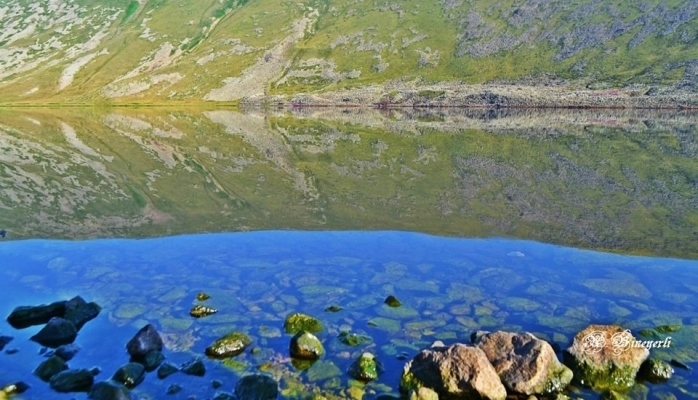
Qaragol Interrepublics State Reserve was set up with the decision of the Council of Ministers dated November17, 1987. Garagol State …

The idea of establishing Aghdam Bread Museum, which is considered to be the second in the world after the Zurich …
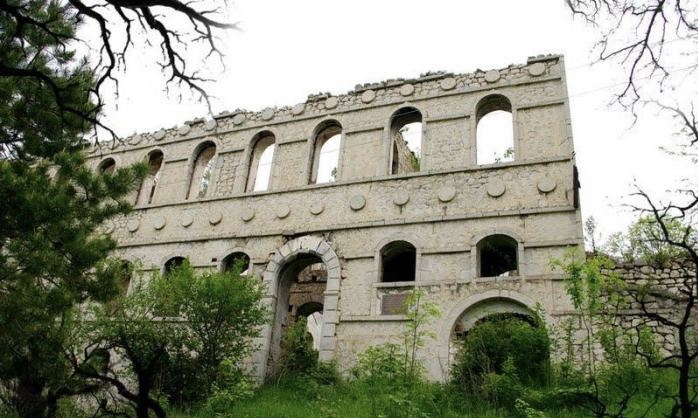
The Khurshudbanu Natavan’s House is a historical and architectural monument of the 18th century located in the city of Shusha. …

Museum Mausoleum Complex of Molla Panah Vagif is located in Shusha, Azerbaijan. It was built in honor of Molla Panah …
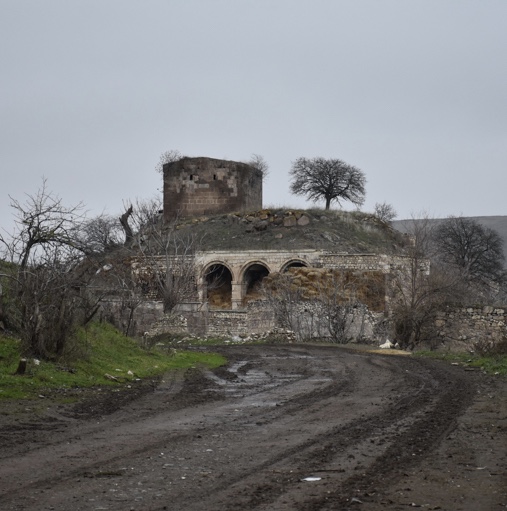
Garghabazar Caravanserai was built in 1681 at the hillside, in the center of Garghabazar village of Fuzuli district, 8 km …
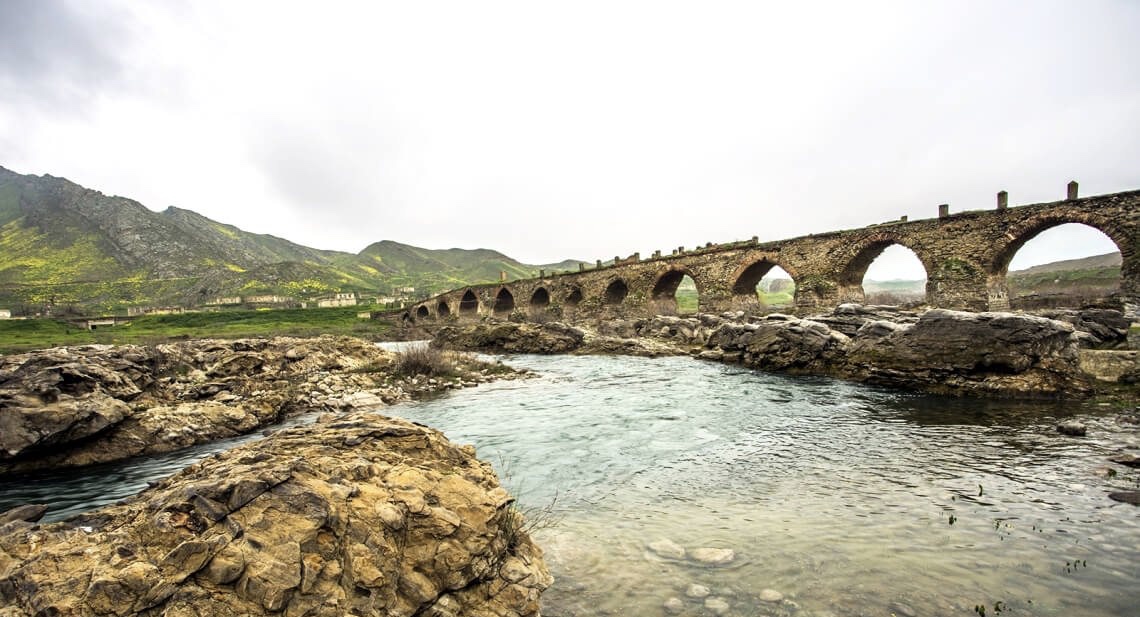
The Bridge belongs to the Arran architecture school. The first written source that mentioned the 15-arched Khudafarin Bridge belongs to …
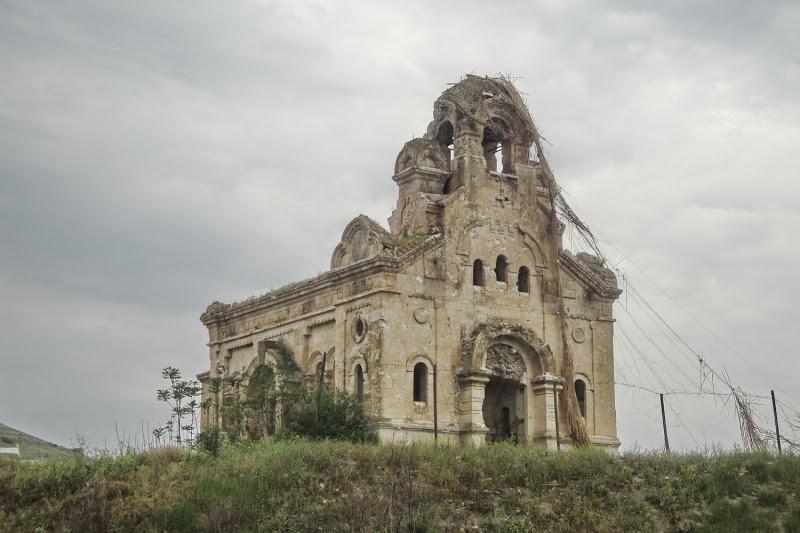
Armenia’s vandalism in Nagorno-Karabakh and seven surrounding regions affected not only the historical, cultural, and religious heritage of Islam but …

Jabrayil History-Ethnography Museum has been operating since 1953. Archaeological and ethnographic materials belonging to the history of the region, textiles, …

Khudavang, or Dedeveng, Monastery Complex is located in the Vang village of Kalbajar District, on the left bank of Tartar …

“The 19th century Aghdam Juma Mosque is perhaps the only structure that has withstood the years of neglect since the …